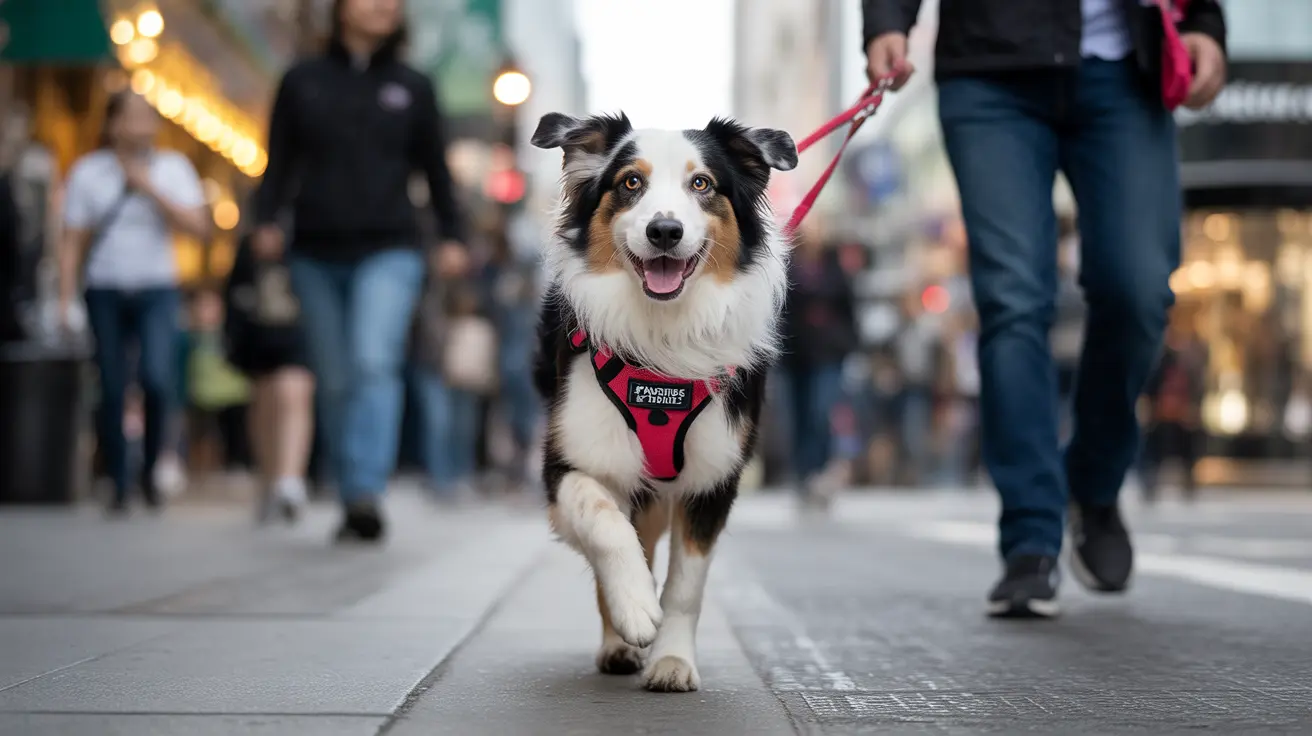Dehydration in dogs is a serious medical condition that requires prompt attention from pet owners. When dogs lose more fluids than they take in, it can quickly escalate from a minor concern to a life-threatening situation. Understanding the signs, causes, and treatment options for dog dehydration is crucial for every pet parent.
In this comprehensive guide, we'll explore everything you need to know about keeping your furry friend properly hydrated and recognizing when they might need medical intervention.
Understanding Dog Dehydration and Its Causes
Dogs naturally lose water throughout the day through panting, urination, and normal body functions. However, several factors can lead to dangerous levels of dehydration:
- Insufficient access to fresh water
- Excessive panting during hot weather
- Vomiting and diarrhea
- Underlying health conditions
- Fever or illness
- Strenuous exercise without proper hydration
Critical Signs of Dehydration in Dogs
Physical Symptoms to Watch For
Early detection of dehydration can make a significant difference in treatment outcomes. Key signs include:
- Loss of skin elasticity (the "skin tent" test)
- Dry, sticky gums
- Sunken eyes
- Lethargy or weakness
- Decreased appetite
- Changes in urination patterns
Advanced Warning Signs
More severe cases of dehydration may present with:
- Collapse or severe weakness
- Rapid heartbeat
- Shallow breathing
- Cold extremities
- Mental confusion or disorientation
Treatment Options for Dehydrated Dogs
Mild Dehydration
For mild cases, you can often treat your dog at home by:
- Offering fresh, cool water in small amounts
- Providing ice chips to lick
- Using pet-specific electrolyte solutions
- Monitoring their recovery closely
Severe Dehydration
Moderate to severe dehydration requires immediate veterinary care, which may include:
- Intravenous fluid therapy
- Electrolyte replacement
- Treatment of underlying conditions
- Monitoring of vital signs and organ function
Prevention Strategies
Preventing dehydration is always better than treating it. Essential prevention measures include:
- Always providing access to fresh, clean water
- Monitoring water intake, especially during hot weather
- Limiting exercise during peak heat hours
- Adding moisture to dry food when appropriate
- Regular veterinary check-ups
Frequently Asked Questions
What are the early signs of dehydration in dogs and how can I check them at home?
The earliest signs include dry gums, reduced skin elasticity, and lethargy. To check at home, perform the skin tent test by gently pulling up the skin between your dog's shoulder blades - it should snap back immediately when released.
How much water should I give my dog to prevent dehydration during hot weather or exercise?
Dogs typically need about 1 ounce of water per pound of body weight daily, but this increases during hot weather or exercise. Offer water frequently and monitor their drinking habits.
What are the common causes of dehydration in dogs and which breeds are most at risk?
Common causes include illness, excessive heat exposure, and limited water access. Brachycephalic breeds (like Bulldogs), elderly dogs, and puppies are particularly susceptible to dehydration.
When should I take my dehydrated dog to the veterinarian for treatment?
Seek immediate veterinary care if your dog shows severe symptoms like collapse, refuses to drink, has persistent vomiting or diarrhea, or if mild dehydration doesn't improve with home care.
What are effective ways to encourage my dog to drink more water regularly?
Try using pet fountains, adding low-sodium broth to water, providing multiple water bowls throughout your home, and ensuring water is always fresh and clean.
Remember, dehydration in dogs can quickly become serious, but with proper knowledge and quick action, most cases can be successfully treated. Always consult with your veterinarian if you're unsure about your dog's hydration status or need guidance on prevention and treatment strategies.






